June 17 - August 18, 2021
Residency
Soft walls Amsterdam
Annelinde de Jong
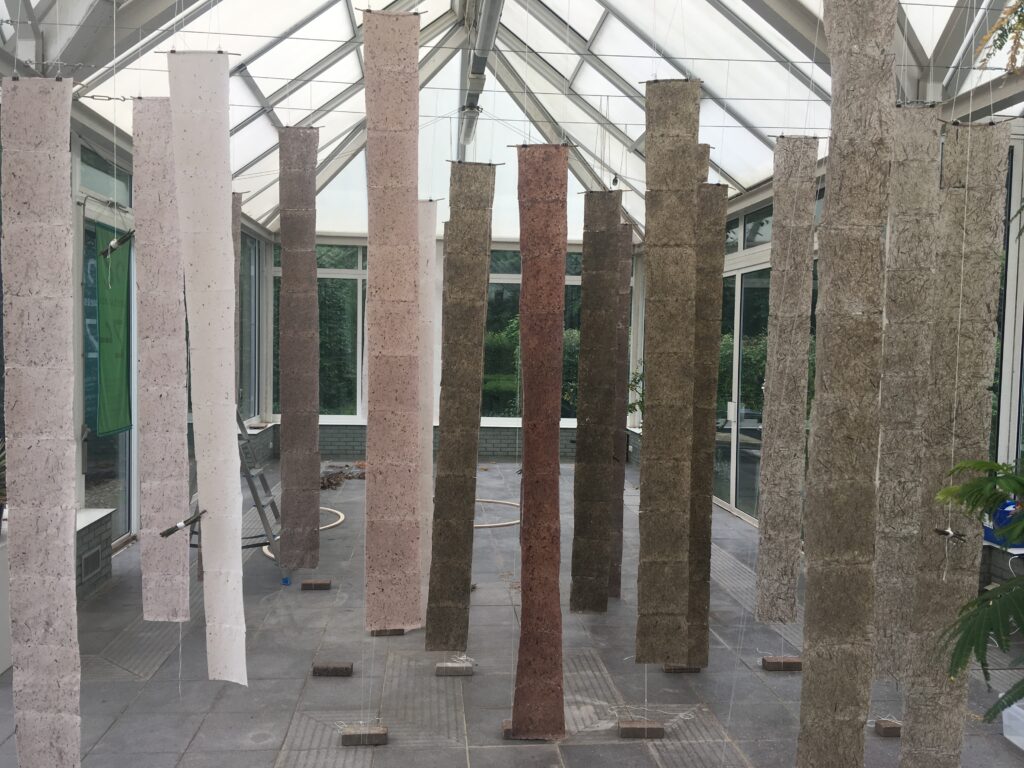
The visual work of Annelinde de Jong consists of drawings that are characterized by a reduced figurative imagery. In line with the drawings, De Jong makes objects and spatial installations from homemade paper. During a study trip to Japan she learned to make paper in the traditional Japanese way. Since then, homemade paper has become an important part of her work. For the most recent works, she collects plant materials at various outdoor locations. She processes this vegetable material into paper, which is then used as building material for objects and installations. She is interested in bringing ‘outside’ into ‘inside’.
During the residency in the Orangerie, De Jong continues to work on the Soft walls Amsterdam project (start 2020). This work consists of a series of hanging paper walls, each different in size and colour. The paper is handmade from vegetable material found in Amsterdam. The paper walls are presented together as a spatial installation. The work arises from the need to collect and preserve. To this end, the paper making process is used: collecting vegetable materials at various locations in Amsterdam, making the material into pulp in the traditional way and reforming the material into sheets of paper.
In the Orangerie De Jong will try out different arrangements with the hanging paper walls. In this way, she wants to investigate how different set-ups create different interior spaces to which you can relate sensorily and physically. She is also curious about how the paper made from plants compares to the glass greenhouse and the park. At the same time, during the residency, she will use the Amstelpark as a new area to collect plant material and process it into paper. To further expand the Soft walls series.
More information about the artist can be found on Annelinde de Jongs website
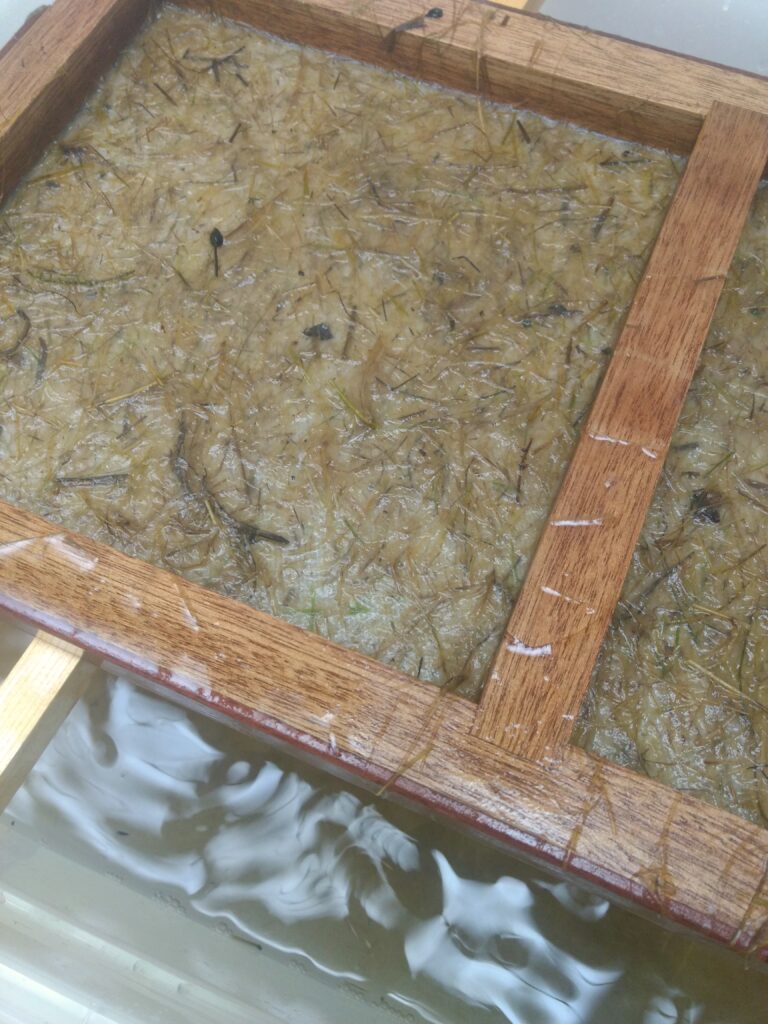

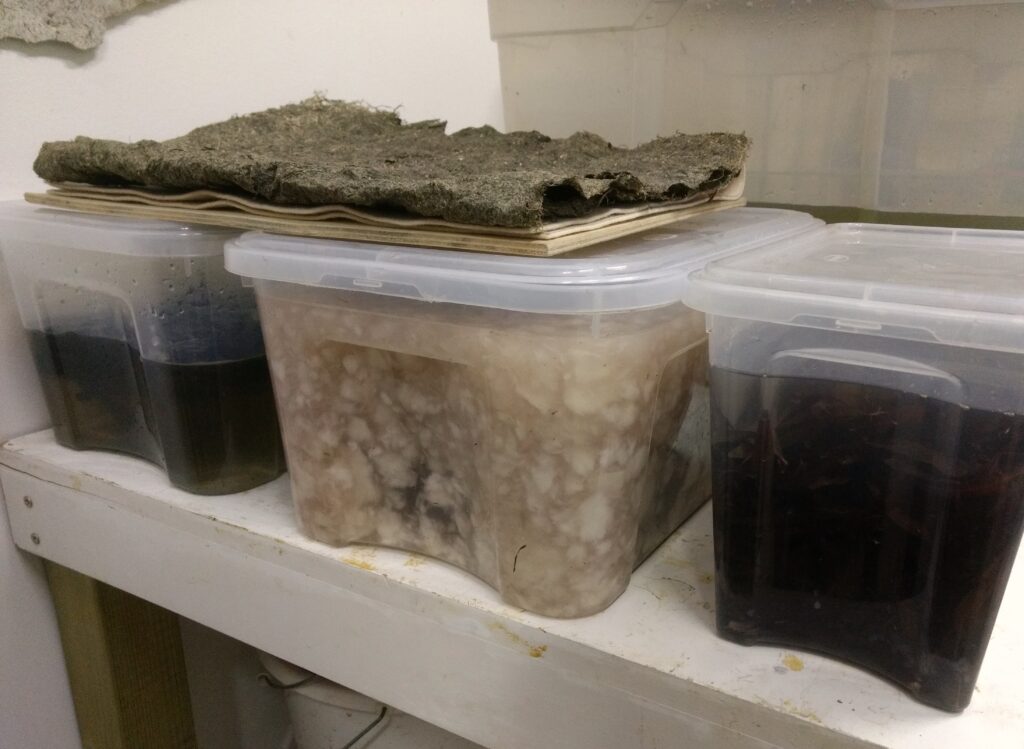
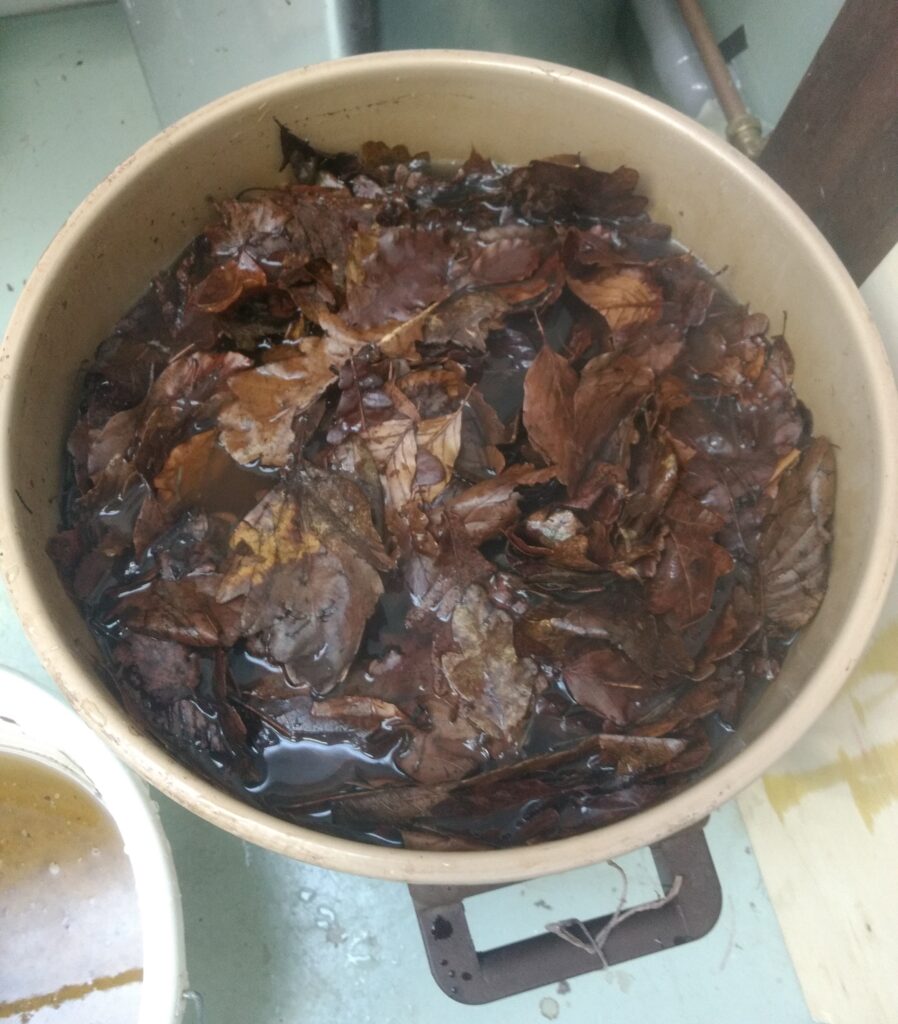
De Jong will host three public viewing days on:
Sunday July 4th, 14.00 – 17.00hr
Saturday July 24th
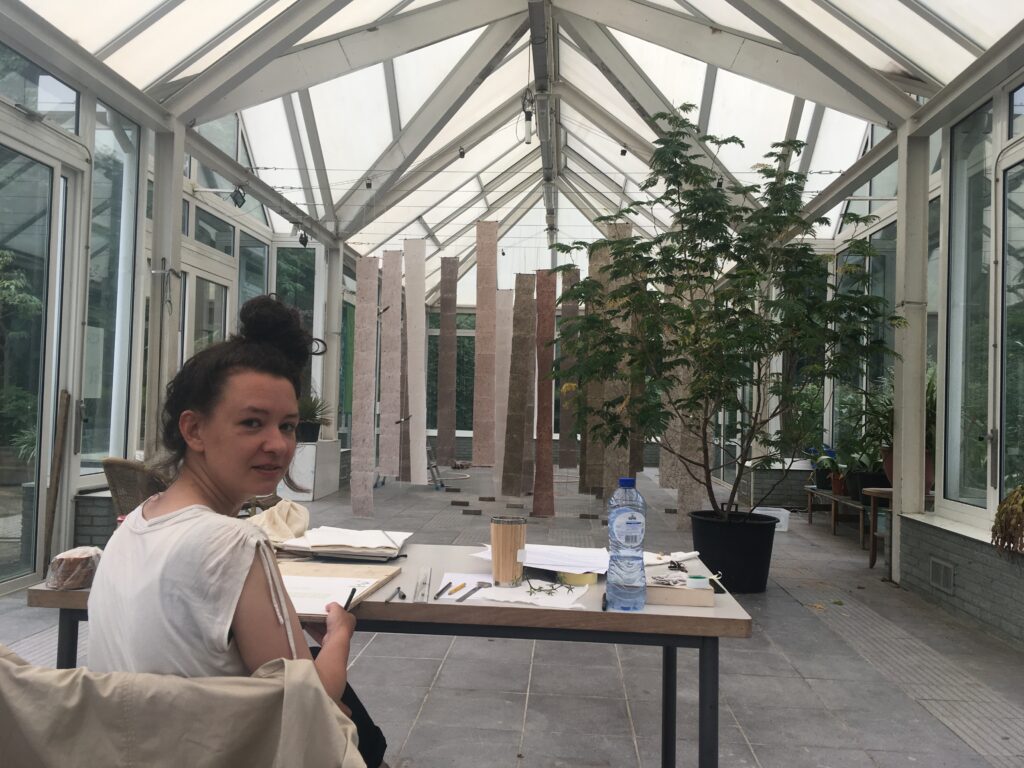
The Orangerie is the beautiful greenhouse opposite the Rietveldhuis / Zone2Source office. Zone2Source invites artists for work periods in the summer as part of the Zone2Source artist-in-residence program.





